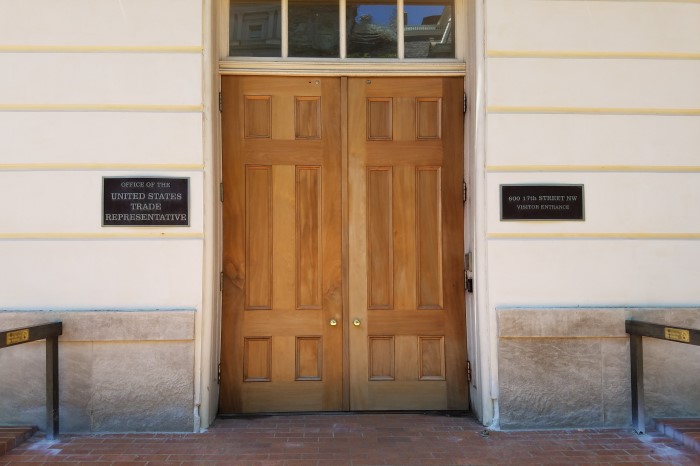
NASHVILLE, TN– Because “Liberation Day” on April 1, tariffs and trade talks have been a consistent headline. The management’s tariff-based method, using the dimension of the united state economic climate as leverage, has developed unpredictability throughout both agricultural and non-ag markets. The primary concern stays: that eventually pays the cost of tariffs?
In the short run, sellers frequently take in some toll costs to maintain market share, holding back on passing them to consumers. Yet if tariffs continue, services might elevate prices to safeguard margins. That long-lasting change can at some point filter right into the Customer Cost Index.
Until now, CPI impacts have been restricted. July 2025 information show a 0. 2 percent monthly increase for all things, with food unmodified and power down 1 1 percent. Year-over-year, CPI climbed 2 7 percent, while food climbed up 2 9 percent and food far from home leapt 3 9 percent. Energy dropped 1 6 percent. Financial experts state these numbers remain within regular ranges, in spite of recent inflationary history, yet the longer-term result of sustained tariffs continues to be unclear.